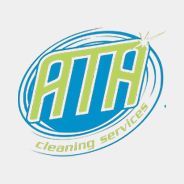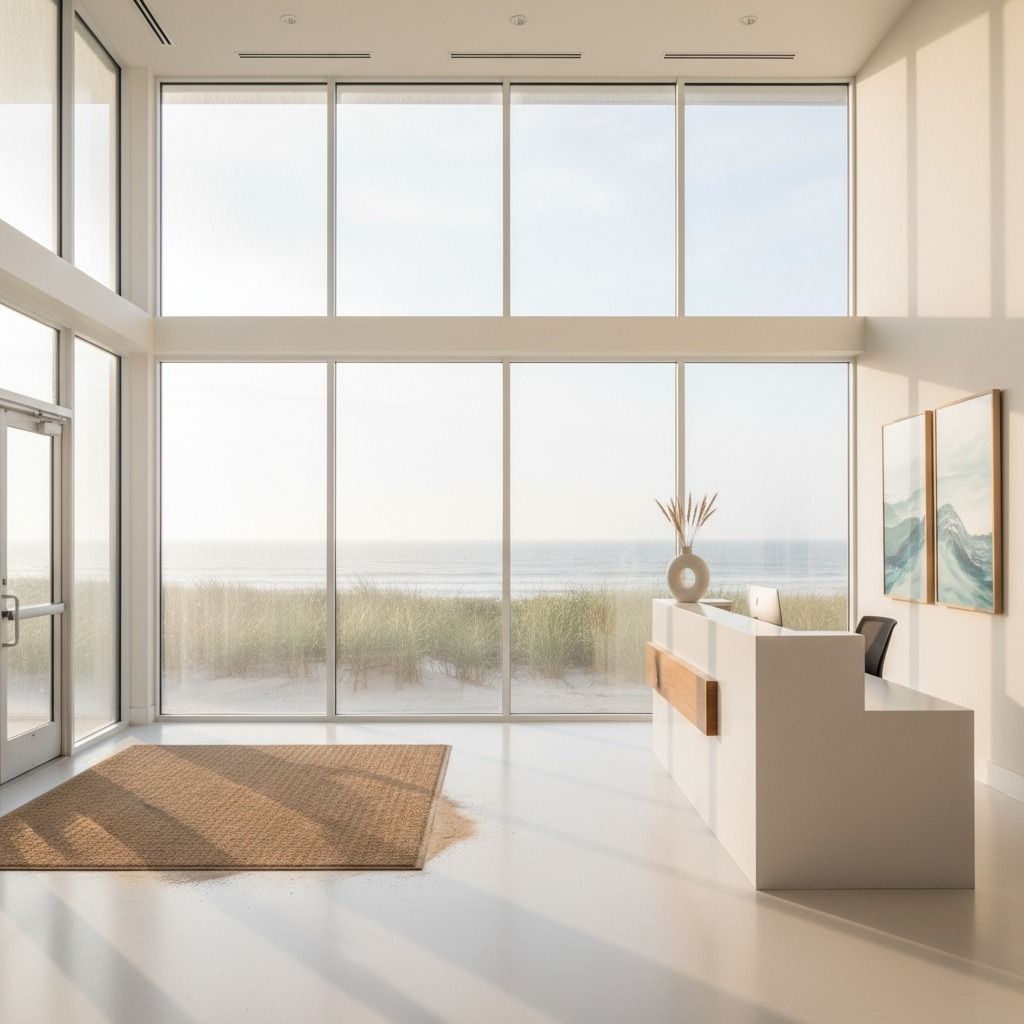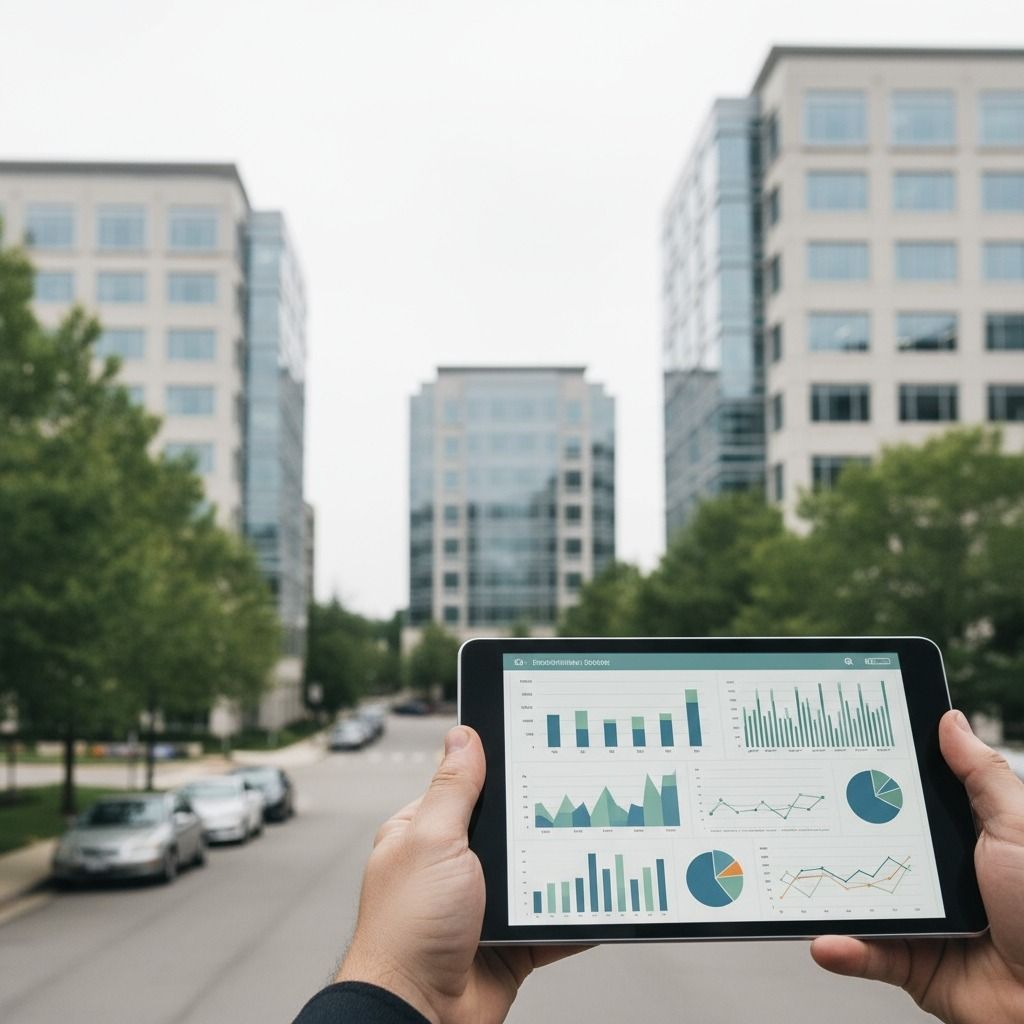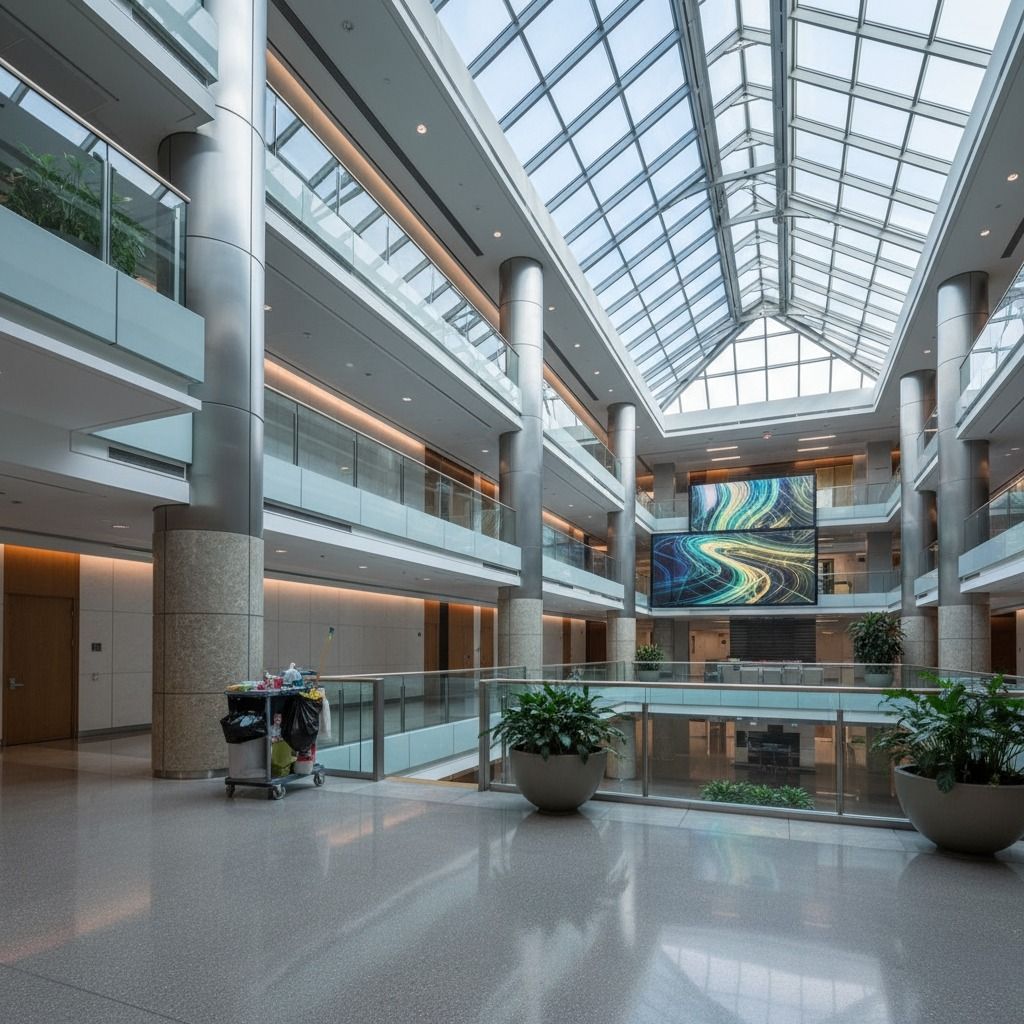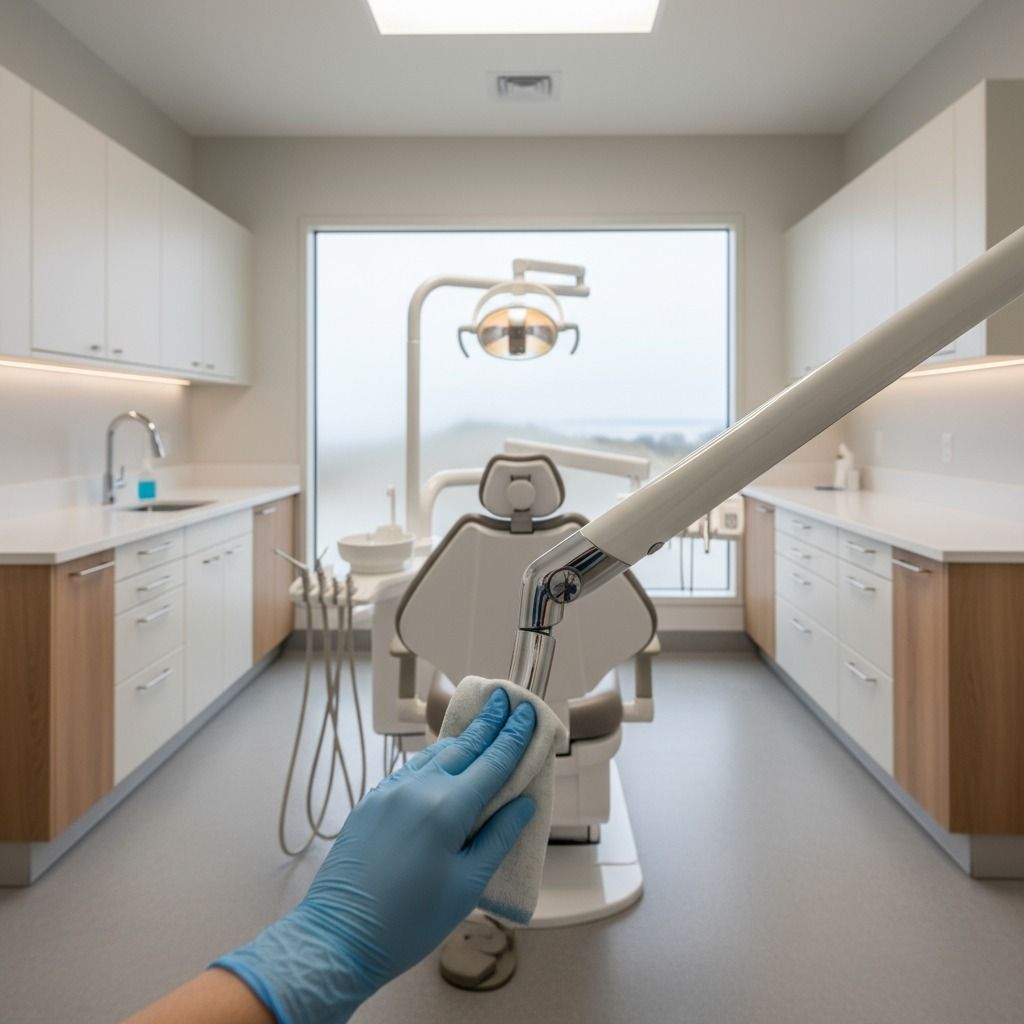Enterprise Janitorial for Large Footprints: Control Without Micromanaging
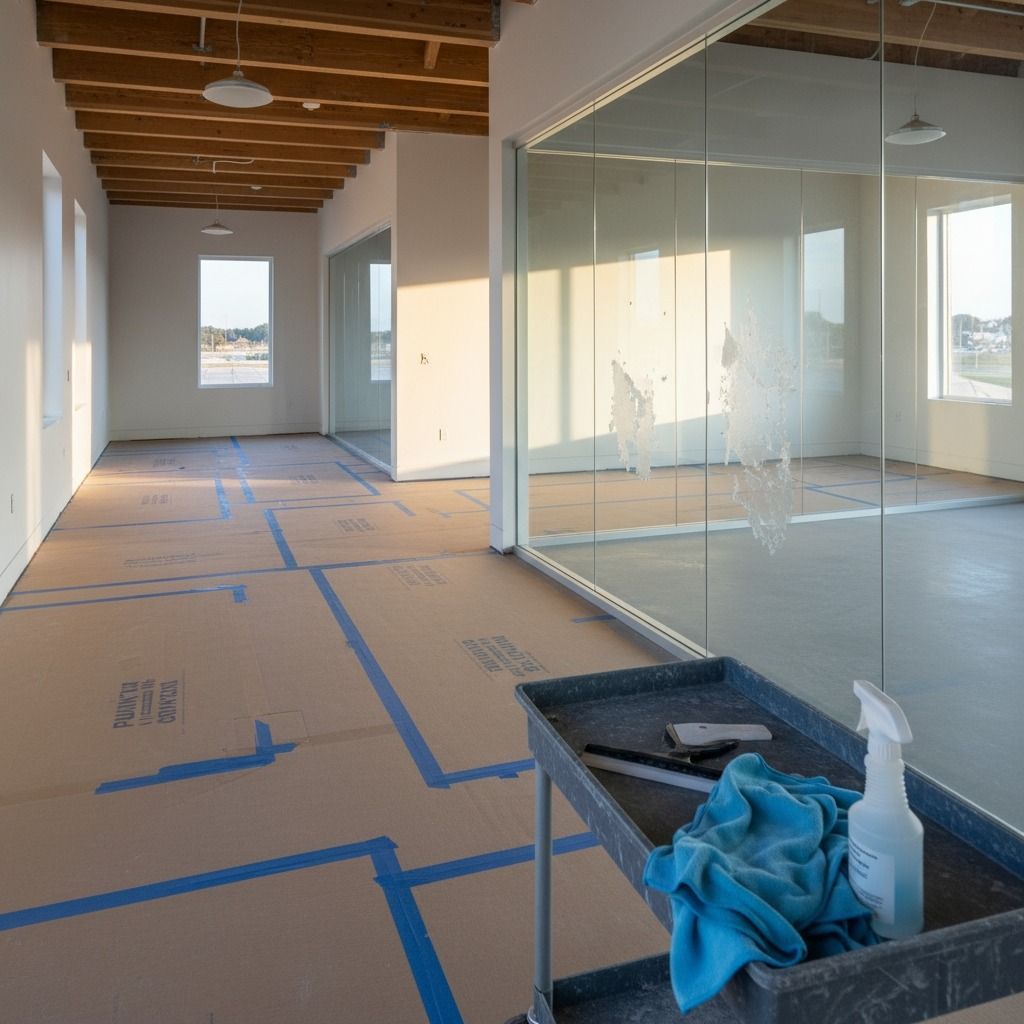
ABOUT
Enterprise Janitorial for Large Footprints: Control Without Micromanaging
From interviews with large-facility operations leaders:
When you manage a facility over 20,000 sq ft, your job is asset management, not chasing down paper towel refills. I learned the hard way that the small local cleaner who was great for our first office couldn't scale. For a large footprint, I need a partner with systems: dedicated supervisors, KPI dashboards, and a deep bench of staff so one call-out doesn't cripple the entire service.
Scope / What to Lock Down
01
- Dedicated Supervision: The scope must include a dedicated, named on-site supervisor or area manager who does not have daily cleaning duties and acts as your single point of contact.
- Day Porter Playbook: For large facilities, a daytime porter service is essential. The SOW must define their duties, their route through the building, and their service intervals for high-traffic areas like lobbies and restrooms.
- Staffing & Contingency Plan: The vendor must provide a clear staffing plan, including their supervisor-to-cleaner ratio and a documented contingency plan for handling employee call-outs without service degradation.
- Security & Access: Define strict protocols for background checks, ID badging, and key control. If you have a data center or executive suite, specify escort requirements.
- Consumables Management: Clarify ownership and management of consumables (paper, soap, liners). If vendor-managed, the SLA must include KPIs for stock levels.
02
SLAs, KPIs & Proof (Inspection-Based)
- KPIs: Focus on metrics that reflect system-level performance. Track Inspection Score Consistency across all floors, Consumable Stockout Incidents (goal: zero), and Tenant Complaint Resolution Time (goal: <4 hours for non-emergencies).
- Dashboard Reporting: Demand a monthly executive dashboard that visually tracks KPI trends over time. It should highlight problem areas and detail the corrective actions being implemented.
- Tenant-Facing Communication: The SLA should define the protocol for handling tenant cleaning requests, from ticket submission to confirmation of completion.
03
Pricing Drivers (What Moves Cost Up/Down)
- Day Porter Hours: This is a major driver. The number of porters and the hours they cover (e.g., 8 hours vs. 12 hours) significantly impacts the budget.
- Scope Complexity & Density: A high-density trading floor with 500 desks is more labor-intensive to clean than 50,000 sq ft of open warehouse space.
- Union/Prevailing Wage: Labor costs in unionized buildings or those subject to prevailing wage laws are dictated by specific agreements.
- Specialty Services: The frequency of periodic work like high-volume window cleaning, carpet extraction, and VCT refinishing for your large footprint.
- Building Security: Stringent screening, badging, and escort requirements add administrative overhead and increase costs.
Field Walk-Through Checklist
04
1. Provide a floor-by-floor map detailing different tenant spaces, common areas, and secure zones.
2. Share your building's event calendar, noting any regular large meetings or functions.
3. Identify all secure areas (data centers, executive offices) and their specific access protocols.
4. Clarify after-hours constraints, including alarm systems, elevator access, and security guard schedules.
5. Map out all janitorial closets and define who is responsible for stocking consumables.
Step Vendor Vetting
05
1. Request references from facilities of a similar size (e.g., if you are 100k sq ft, ask for references in the 80-150k sq ft range).
2. Ask for a live demo of their KPI dashboard or work order management software.
3. Review their standard Day Porter SOP or "playbook" to see how they structure daytime services.
4. Scrutinize their written screening, badging, and key control policies.
5. Insist on
meeting the specific Area Supervisor who would be assigned to your account before signing a contract.
Faq
Frequently Asked Questions
How many day porters do I really need?
The rule of thumb is one porter for every 75,000 to 100,000 sq ft of high-traffic office space, but this is highly dependent on your building's layout and population density. Use inspection data to adjust staffing.
Is a hybrid day/night cleaning model effective?
It's the most effective model for large facilities. Porters manage daytime visibility and urgent needs, allowing the larger night crew to perform the deep, systematic reset without interruption.
How should we manage cleaning requests from tenants?
Funnel all requests through your facility management work order system. Integrate the cleaning vendor into that system so requests are assigned, tracked, and closed out with a consistent, auditable process.
How can I be sure keys and access cards are secure?
A professional vendor will use a key management system (like a key safe with a log) and conduct regular audits. Your contract should specify their liability for any security breaches resulting from lost keys.
Can I add periodic floor or window cleaning later?
Yes. A good contract will include pre-negotiated unit pricing for periodic services (e.g., price per sq ft for carpet extraction), so you can add them as needed without a lengthy bidding process.
Contact us today and schedule your assessment.
Click below and send us your message
